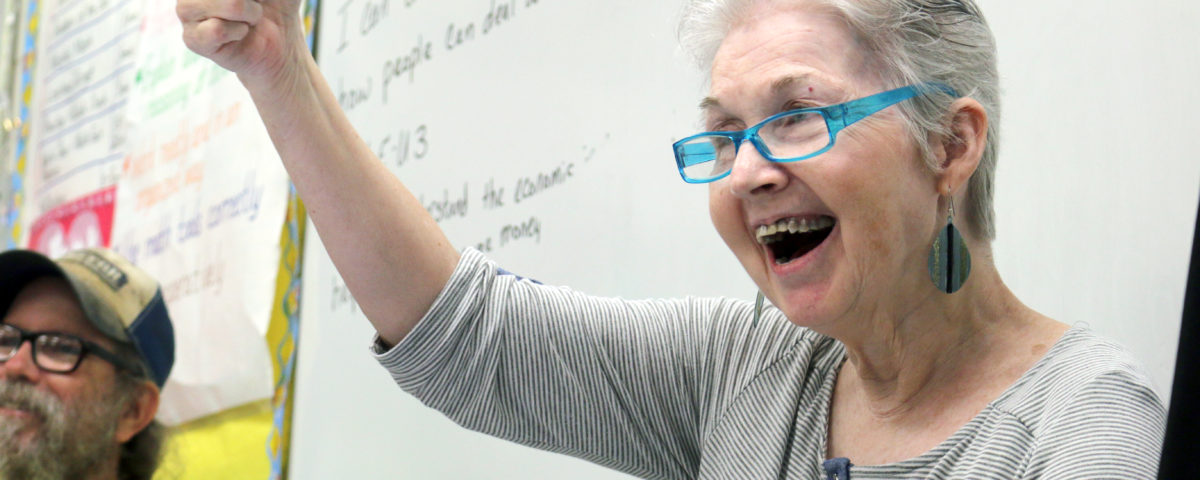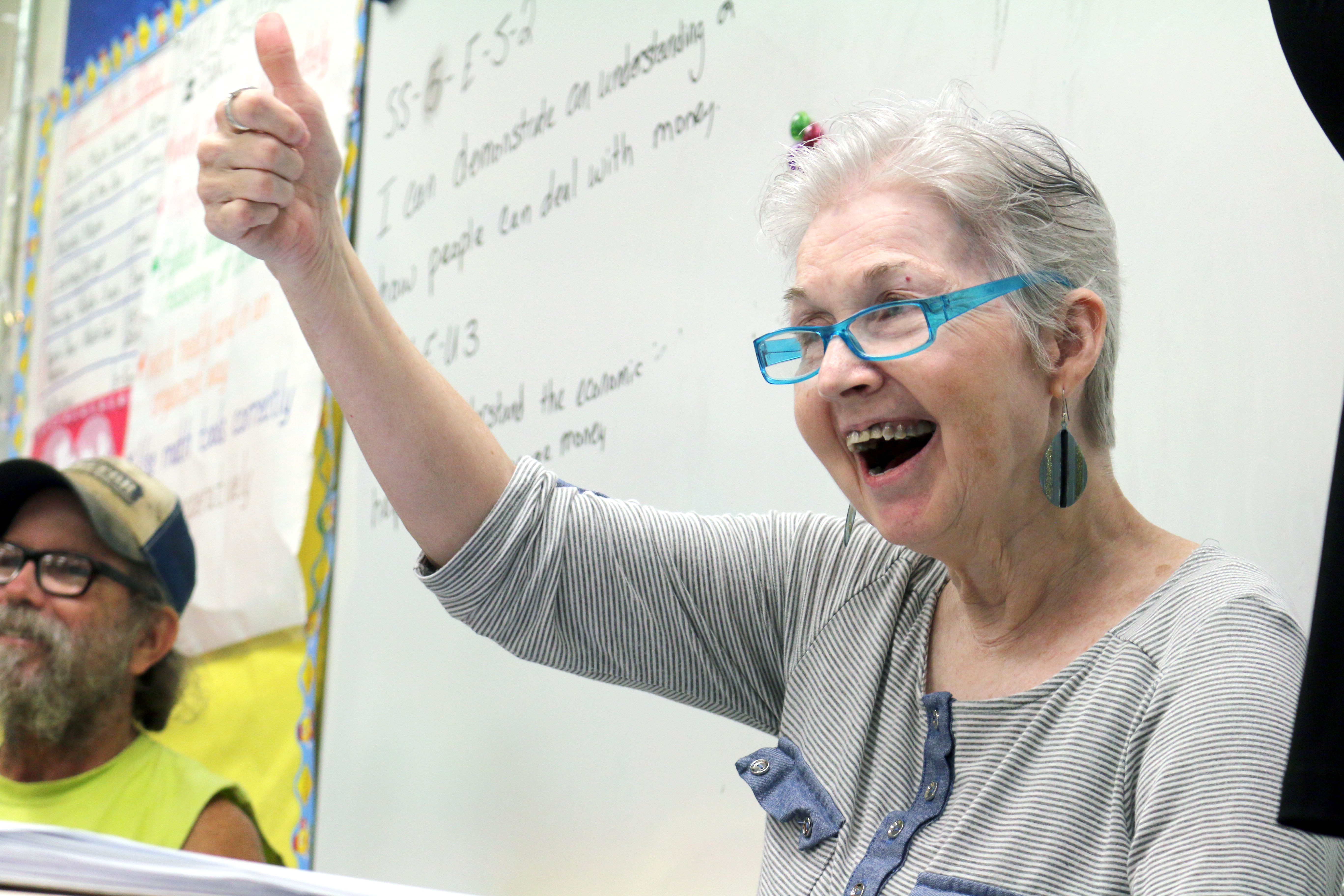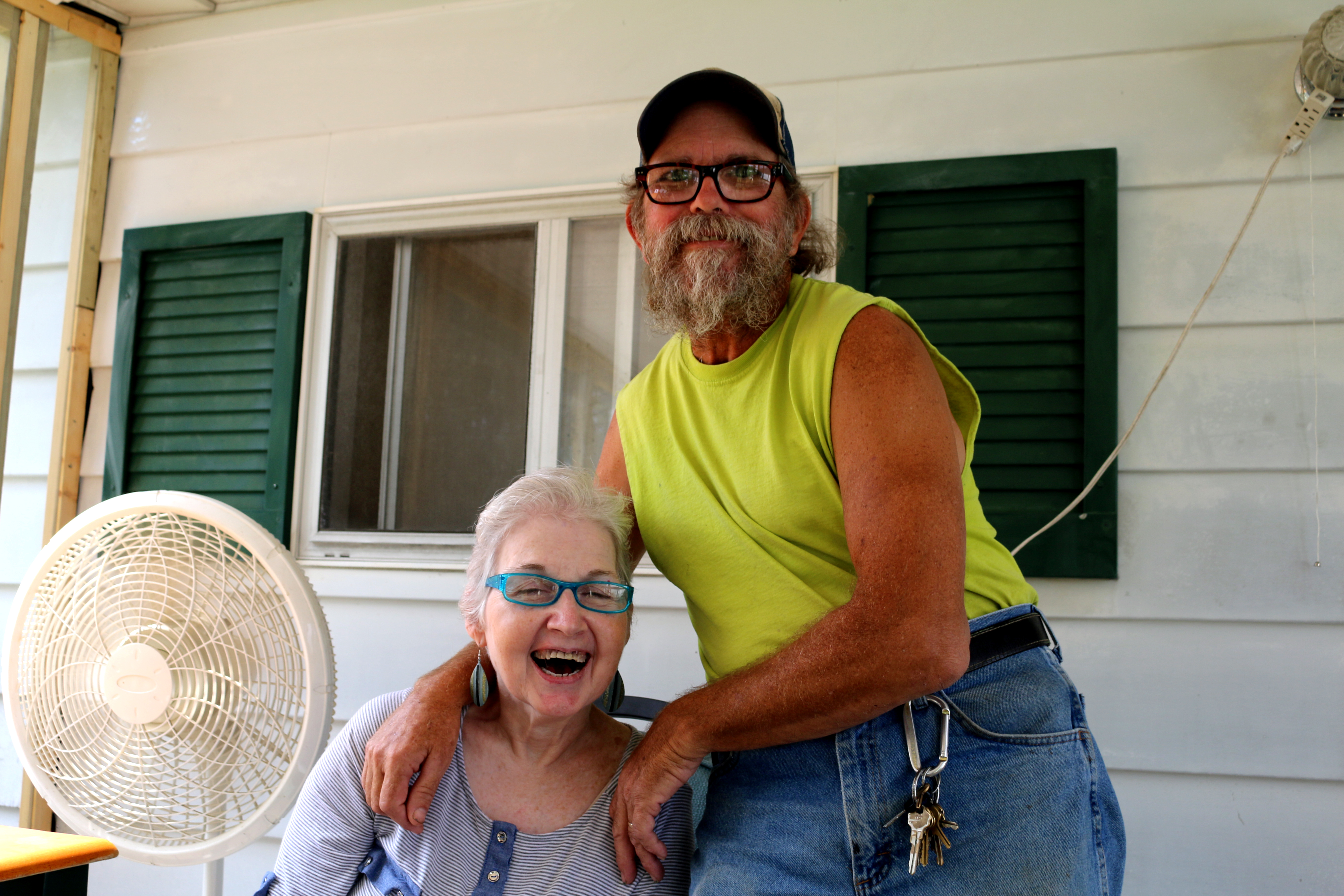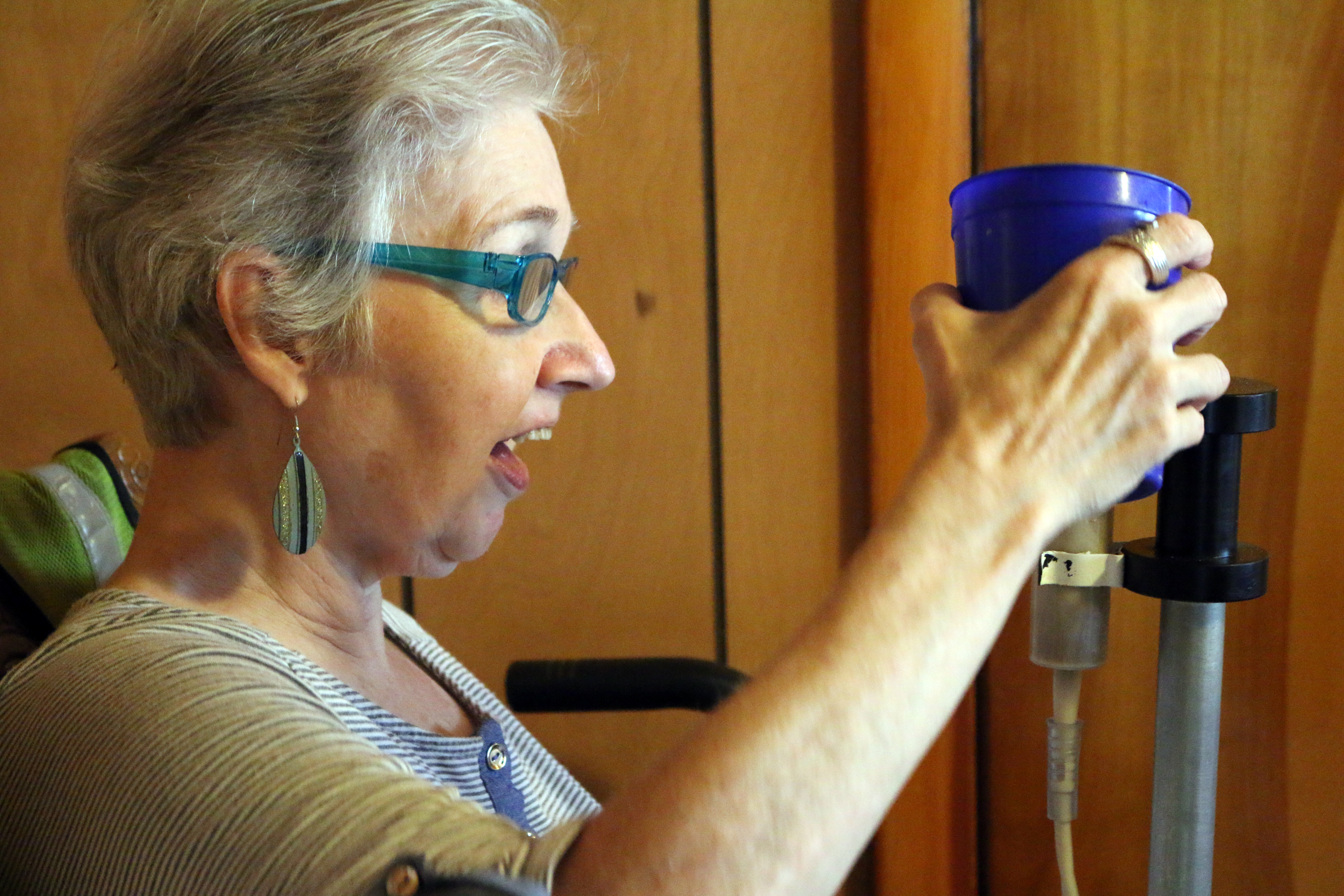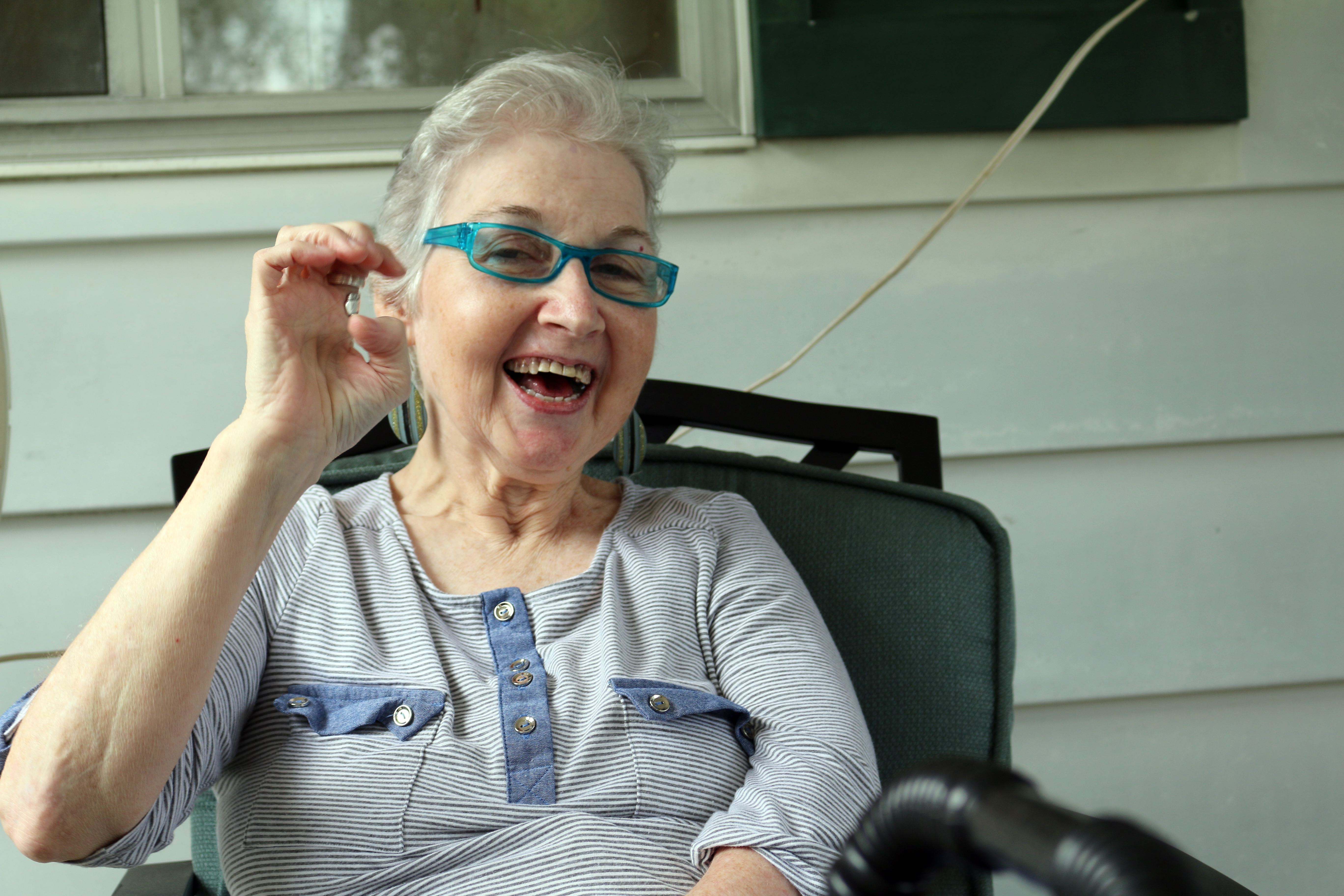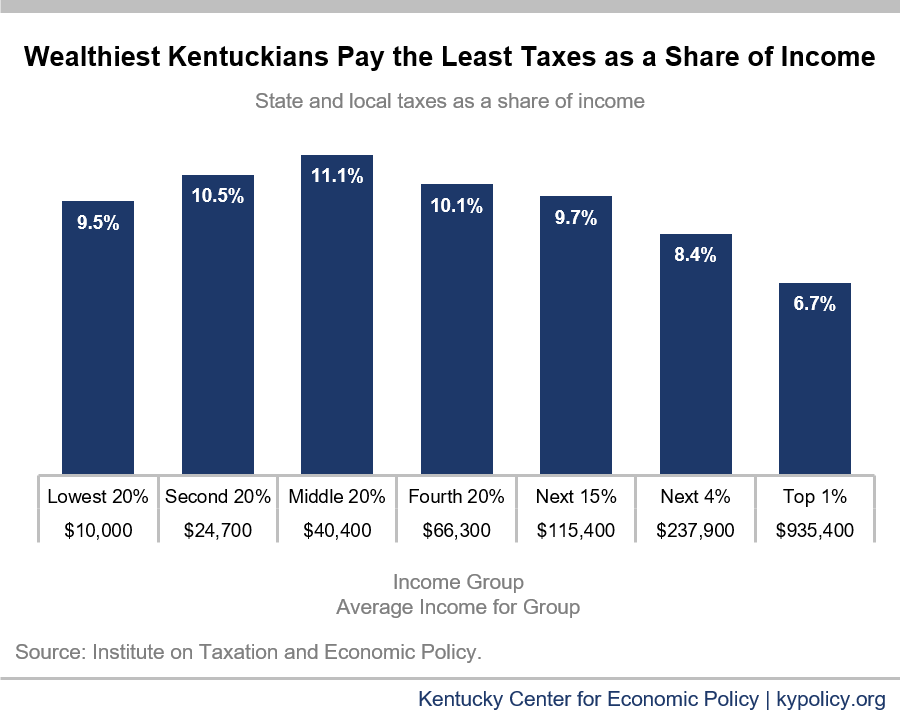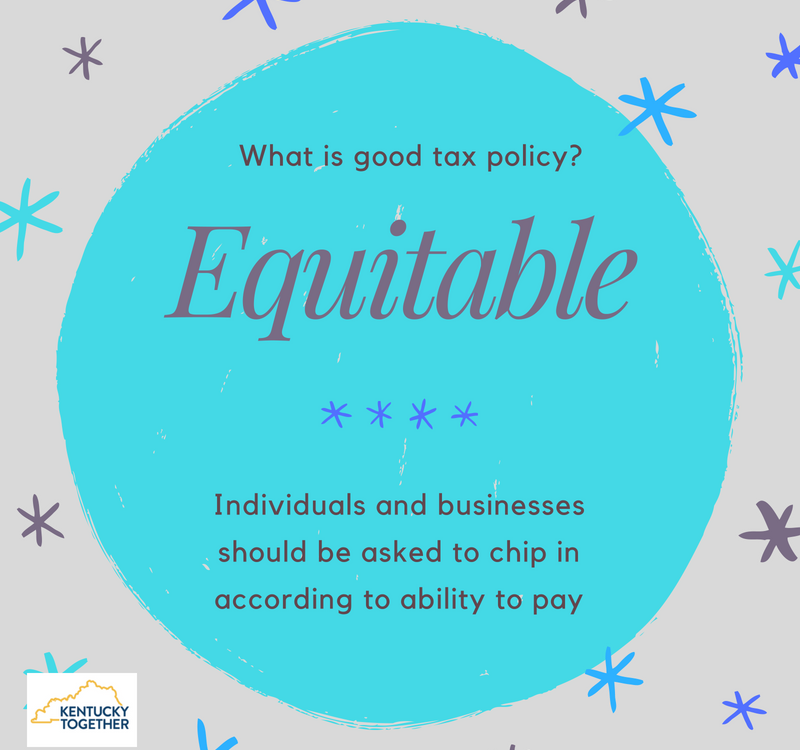Support Program Helps Couple Build Thriving Community

Low Reimbursement Rates A Barrier to Thriving Communities
September 19, 2016
Shelters Help Build Better Lives and Communities
September 25, 2016Support Program Helps Couple Build Thriving Community
Tina and Mark Jackson are not your typical couple.
Born with cerebral palsy in Ashland, Ky., Tina has always had to be creative to pursue her passions. At 24, Tina had a stroke that left her non-verbal, forcing her to learn sign language to continue communicating. Over the years her cerebral palsy has resulted in limited mobility, with the use of only one hand and a limp while walking. When the occasion requires longer distances, she utilizes a motorized chair. Muscle degradation has also led to the inability to swallow without choking to death and the need to ‘eat’ through a feeding tube attached to her stomach.
Growing up across the border in West Virginia, Mark has always been on the move. Literally.
“He used to be known around town as the guy on the bike,” Tina signs with a smile.
Mark has a knack for making things work – from bicycles to tractors. But a year before Tina’s stroke, Mark suffered an accident that caused a bruised brain. After waking up from a six-week coma, Mark was left with slurred speech and a limp. But while it slowed him down, he still hasn’t stopped.
“Now he’s known as the guy on the mower,” Tina laughs.
Both accidents occurred decades ago, in 1980 for Mark and 1981 for Tina.
Now semi-retired, Mark worked for years running a lawn-mowing and hauling business. Mark also acts as Tina’s driver and interpreter, making it possible for Tina to remain active in the community.
The couple met in 1994 at the Appalachian Bike Tour, a fundraising event organized by a club in which Tina was a member, to raise money for a college scholarship awarded to a local high school senior. After dating for four years, Tina and Mark married. The couple continued involvement in the event, organizing it for 14 years.
In 2000, Tina was put on the feeding tube. To increase her independence, Mark developed a prototype for a feeding tube stand that allows for Tina to feed herself without help. To eat, she must attach a tube to the one inserted in her stomach, which is then attached to a syringe. The syringe must be held higher than the tube to allow for the liquid nutrition to make its way into her body. But with only one useable hand, Tina cannot both hold the syringe and pour the nutrition in. The tube stand allows her to eat without any assistance.
The couple turned the prototype into a small business, Jackson Peg Tube Stands, helping other individuals internationally to live more independently. While the business is not yet profitable, Tina and Mark are gratified by the stand’s ability to help others.
A Voice for the Voiceless
Despite Tina’s past, she’s still quick with a smile that lights up her face.
Students at Fallsburg Elementary School mirror Tina’s smile every week, excited when it’s time for sign language class. Tina is in her third year volunteering at the school, offering weekly lessons. It’s not her first foray into volunteer teaching.
For years, she has offered free classes in the community, currently meeting at the Lawrence County Community Center. She welcomes students of all ages to join her weekly and learn how to communicate silently.
One such student was Michelle Riffe, a newly hired instructional assistant for Fallsburg Elementary. Michelle had been assigned to a non-verbal student, Sean, and needed to increase her sign language skills to properly communicate with him. But as Michelle worked with him, she knew that while Sean could understand what other students were saying, they couldn’t communicate with him. He wasn’t being included.
Michelle and Tina now work together to teach sign language to fourth and fifth grade students, as well as a special education class. After two full years of classes, it’s paying off for Sean.
“Now he has friends. And those friends in that classroom talk to him. It’s awesome to see him out on the playground – they know what he’s saying,” Michelle said.
“It’s so fun to walk down the hall and see kids talking to him,” Tina said.
“She has been making sure that our students are equipped to be able to communicate with Sean,” says Fallsburg Elementary Principal Sara Bowen. “Not many fourth and fifth graders are able to speak sign language – it is a life-long skill that they can carry into adulthood. We are very blessed to have Ms. Tina in the school.”
“I think that Ms. Tina gives a voice to people that don’t have voices and that’s not just the people that are non-verbal. She gives people with disabilities in this community a voice,” adds Michelle.
And not only does she give voice for those in the community, she has served as a voice across the state. Tina also served from 2010-2014 as a council member on the Commonwealth Council for Developmental Disabilities.
Hart Supported Living Grant Program
Making ends meet has been hard for the Jacksons. That’s where the Hart Supported Living Grant has helped.
The Hart Supported Living Grant helps to address service gaps for independent living supports not covered by Medicaid services. This can mean help in daily tasks, such as driving or meal preparation, adaptive or medical equipment that will help increase independence and adaptations to housing that allows recipients to move in their home, such as ramps and widening doors. The grant allows for participants and their family caregivers to work, get out of the house and participate in the community in ways that their disability may have prevented them in the past.
In Tina’s case, the Hart grant has offered a nominal amount, $5,000 annually, towards Mark’s time spent assisting Tina with transportation and interpreting in person and over the phone. A one-time grant also paid for a cover to be built over the ramp on their house – a necessity for the winters, when snow and ice can make the ramp slick. Because of the grant, Tina was able to work up until retiring in June 2016, and continues to volunteer at her church, and participate and lead community activities such as the sign language classes.
“The grant affords us the opportunity to be active in the community, with Mark’s assistance,” she said.
To qualify for the grant, individuals must have an income of less than 300 percent of the federal poverty line guidelines. Recipients must first make an annual application to the Kentucky Department for Aging and Independent Living, which scores the application and decides the amount of the grant they will receive when funding is available. This year, about 700 applications were received, about 330 of which are receiving ongoing assistance. Over 240 were conditionally funded, meaning they met the criteria, but there is not enough funding at this time to provide assistance.
The Center for Accessible Living, with offices across the state, is new to administering the state-funded grant program this year. They check in with the recipients monthly to ensure the funds are used within guidelines and that the grant is continuing to help recipients remain independent.
“The recipients of this grant are active in their community – some people are working, some are volunteering or both – and the money that they are getting through the general fund grant is going back into their community. Plus, when they are able to participate in the community, you get that rich diversity of viewpoints that help to better everyone,” says Keith Hosey, Center for Accessible Living’s Hart administrator.
Investments such as these can go a long way in our community. Just a little financial help increases Tina’s independence, quality of life and community involvement. And without that help, Tina would be homebound, or worse, in a nursing home, exponentially increasing the state’s costs. And the lives she has touched and the community she has strengthened would be worse off for it. This grant, and others like it, are what help building thriving communities, like the one Tina and those around her are trying to create.
Through it all, Tina remains positive.
“God did not give me a boring life – he has made it very adventurous.”

